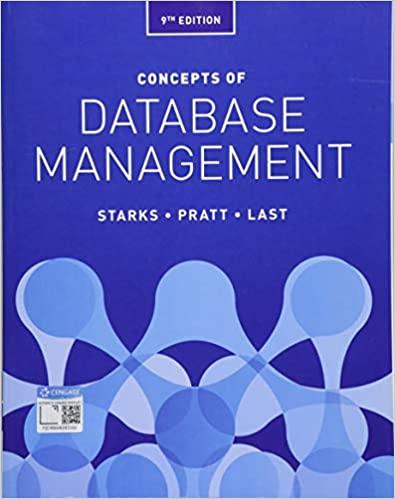Question
Human Resource (HR) departments typically use a variety of software tools to manage and automate various HR functions. Some of the most common types of
Human Resource (HR) departments typically use a variety of software tools to manage and automate various HR functions. Some of the most common types of software used by HR departments include:
Human Resource Information Systems (HRIS): These systems are designed to manage and store employee data, including personal information, job history, and benefits information. They also typically include features for tracking and managing employee performance, recruiting, and payroll. This software allows HR departments to keep track of employee information in one central location and automate many of the administrative tasks that come with managing employees, such as sending reminders for benefits enrollment or tracking vacation time.
Applicant Tracking Systems (ATS): These systems are used to manage the recruitment process, including posting job openings, reviewing resumes, scheduling interviews, and tracking the status of candidates. This software allows HR departments to keep track of job applicants and easily move candidates through the hiring process, whether it's scheduling an interview or sending a job offer.
Learning Management Systems (LMS): These systems are used to create, manage, and deliver training and development programs for employees. This software allows HR departments to create and deliver training programs, track employee progress and completion, and monitor the effectiveness of training programs.
Employee Self-Service (ESS) portals: These systems allow employees to access and update their personal information, request time off, and view their pay stubs and other HR-related information. This software allows HR departments to streamline processes and reduce administrative work by allowing employees to access and manage their own information.
Finance departments typically use a variety of software tools to manage and automate various financial functions. Some of the most common types of software used by finance departments include:
Accounting Software: These systems are designed to manage and record financial transactions, such as accounts payable, accounts receivable, and general ledger. This software allows finance departments to keep track of financial transactions and produce financial statements, such as balance sheets and income statements.
Budgeting and forecasting software: These systems are used to create, manage, and track budgets and financial forecasts. This software allows finance departments to create and manage budgets, predict future financial performance, and identify potential areas for cost savings.
Tax Preparation software: These systems are used to prepare and file taxes. This software helps finance departments to easily prepare and file taxes and ensure compliance with tax laws.
Auditing software: These systems are used to automate and streamline the auditing process. This software allows finance departments to conduct audits more efficiently and produce more accurate results.
IT departments typically use a variety of software tools to manage and automate various IT functions. Some of the most common types of software used by IT departments include:
Network management software: These systems are used to manage and monitor computer networks, including servers, switches, and routers. This software allows IT departments to monitor network performance and troubleshoot issues.
Help desk and ticketing software: These systems are used to manage and track IT service requests and incidents. This software allows IT departments to track and resolve issues more efficiently, whether it's a simple password reset or a more complex system failure.
Cloud computing software: These systems are used to manage and access cloud-based services and resources. This software allows IT departments to access and manage cloud-based services and resources, such as storage and applications, from a central location.
Backup and disaster recovery software: These systems are used to create and manage backups of important data, as well as to plan for and recover from disasters. This software allows IT departments to ensure that important data is protected and can be quickly and easily restored in the event of a disaster.
***** POST A CONCLUSION PLEASE !
Step by Step Solution
There are 3 Steps involved in it
Step: 1

Get Instant Access to Expert-Tailored Solutions
See step-by-step solutions with expert insights and AI powered tools for academic success
Step: 2

Step: 3

Ace Your Homework with AI
Get the answers you need in no time with our AI-driven, step-by-step assistance
Get Started


